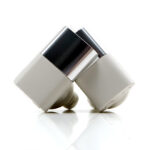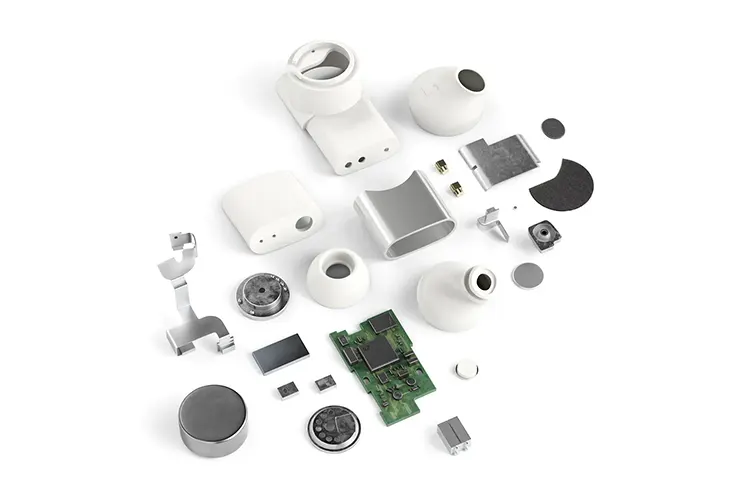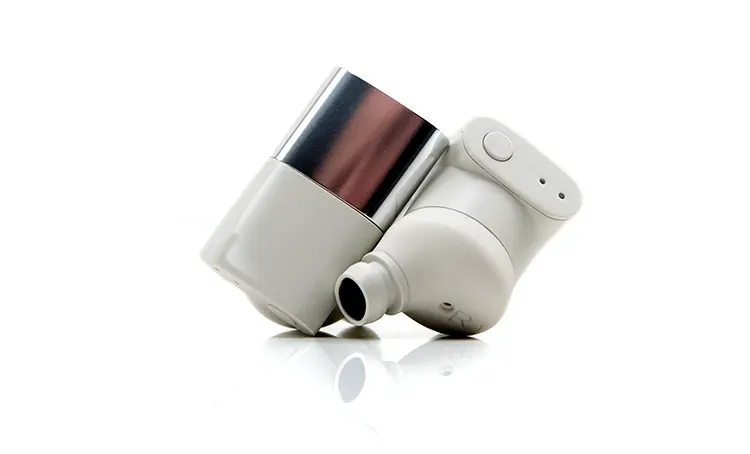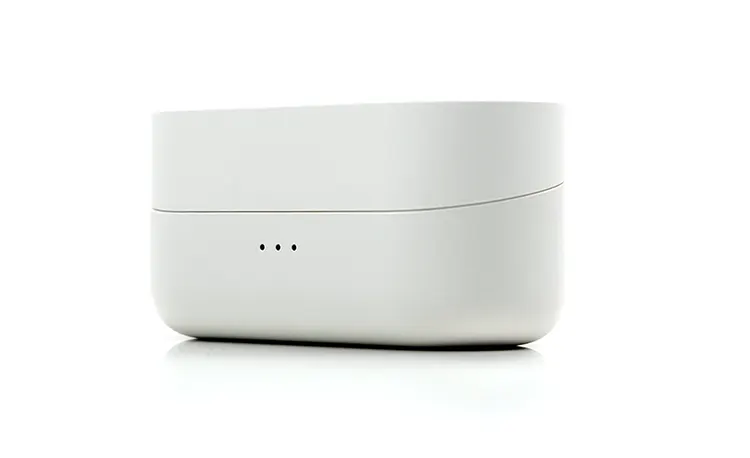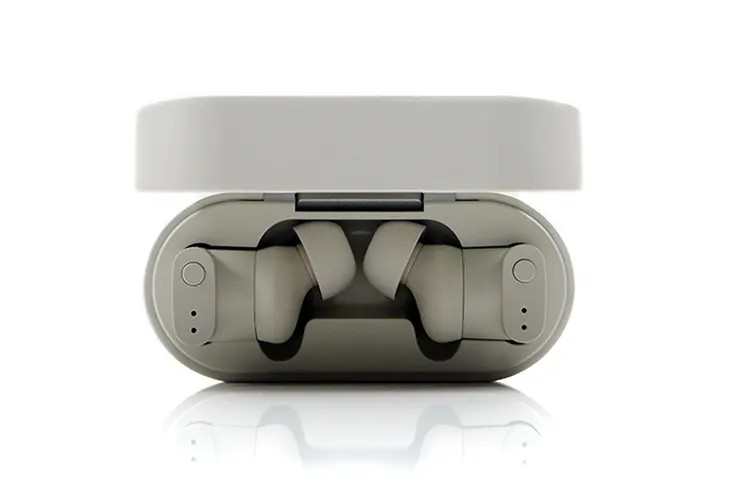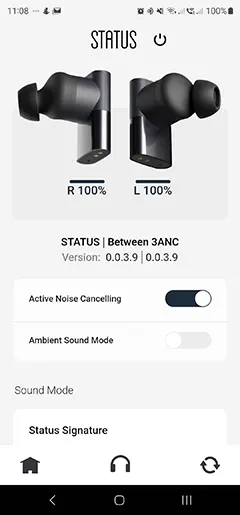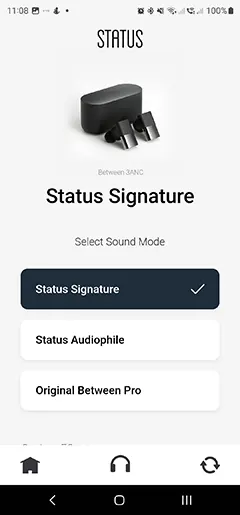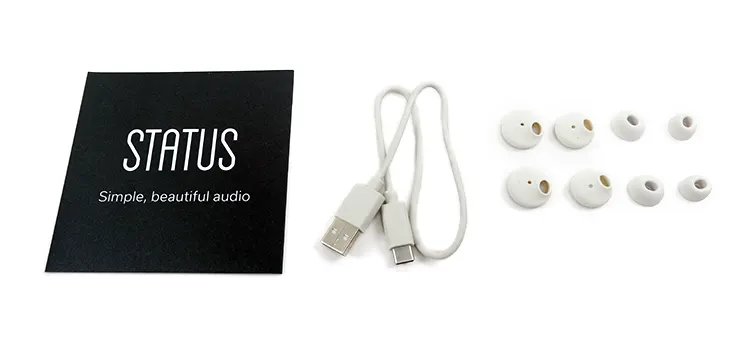Today, we review the Status Between 3ANC, which is a hybrid triple-driver BT5.2 TWS with ANC, wireless charging, and an IPX5 rating. It has an SRP of $249 and is currently priced at $199.
Disclaimer: This sample unit was sent to us in exchange for our honest opinion. Headfonics is an independent website with no affiliate links or services. We thank the team at Status for their support.
Click here to read more about TWS products that we have previously covered on Headfonics.
Note, that this article follows our current scoring guidelines which you can read here.
Status is an entirely new product brand to us here at Headfonics but has been operating out of NYC since 2014. By the looks of it, at least on Amazon, they have been doing quite well with a decent range of audio products for the portable arena.
The Between 3ANC is their flagship TWS offering and builds on their entry-level Between Pro equivalent. On paper, it looks busy with relevant wireless features and a multi-driver configuration that might prove to be attractive to the discerning audiophile.
The price point has some flex in it with the SRP of $249 now down to $199 on their main website. That puts it in the mix with some of the dominant market leaders and there is some stiff competition from the likes of the Sony WF-1000XM4, Huawei FreeBuds 2 Pro, and Samsung’s Galaxy Bud2 Pro. A worthy competitor?
Tech Highlights
The Status Between 3ANC is a triple driver True Wireless System offering active noise canceling, IPX5 water resistance rating, combined with up to 38 hours of battery life that includes wireless charging capability.
The driver configuration is a single 10mm dynamic driver for the lows with a forward-facing dual BA driver module for the mids and highs.
No mention is made of the precise type of drivers, whether it’s Sonion or Knowles, or some other BA variant. Nor are the specifics of the dynamic driver listed and any presumed crossover network.
The unit is BT5.2 compliant and powered by an Airoha 1562AE chipset which is a fairly popular SoC solution for TWS. That being said, decoding on the Between 3ANC is limited to AAC and SBC only so we are missing some of those essential high-end system codecs such as LDAC and all of the aptX variations.
The 3ANC also comes equipped with an upgrade on its microphone array over the original Pro edition. Instead of 4 external microphones, you now have 6 beamforming microphones with environmental noise reduction (ENR).
Its ANC feature is also a new feature over the older PRO edition and is rated at -38 dB with additional transparency and ambient modes for background noise awareness and conversational clarity.
Design
The L-shaped aesthetics of the “Jony Ive” inspired design language is perhaps what most people will talk about first when they see and handle the 3ANC.
This is a beautifully unique creation and like nothing I have seen before in the TWS market. It comes in two colors, bone and black with the sample here being the bone version. It is a modern mix of plastics in an off-white matte finish for the driver acoustic chamber and a silvery chrome and off-white mix for the control stem which runs perpendicular to the drivers.
The finishing is also quite pleasingly fingerprint resistant, even on the chrome-finished stem where I expected a lot of prints to show up. The venting for the dynamic driver is also tastefully positioned on the inside of the driver housing closer to the stem than on the outside keeping the design lines of the 3ANC quite clean.
On the flip side, they are larger than some stem-based rivals and will be quite noticeable in your ear as they tend to stick out a bit at an odd angle but the thick and shallow stems have a comforting wide contact surface to manage the touch controls.
Cradle
The 3ANC cradle is less spectacular in its design language but aesthetically it’s in keeping with the modernistic vibe of the drivers with clean soft curves and matching color schemes, either in black or white.
The quality of the build is also excellent despite the use of plastics. The metal hinging is really quiet with no perceived creaks or flex noise issues when opening and closing it.
For a TWS cradle, it is fairly small also, maybe just a fraction bigger than the Sony WF-1000XM4 cradle and a good deal lighter than the metal casing of the Noble Audio FoKus Mystique.
The internal housing is quite well-defined which means that stock tips and fitwings should still allow the drivers to be neatly housed side by side but larger or firmer 3rd party tips might create an issue for closing the lid or ensuring the 3ANC cradle’s magnetic sharing points have solid contact with the drivers.
Battery Life
To the rear you have USB-C charging with a small hard rest button just to the right of it. The 3ANC cradle can hold up to 30 hours of battery life which is decent though by no means class-leading but is on par with the FreeBuds 2 Pro cradle and superior to Sony’s 24-hour cradle rating.
The wireless charging is a nice bonus and is confirmed to be working just fine with my own and rather busted Anker wireless charging pad. Total charging time is set at 2 hours from 0-100% though I find no information on the 3ANC using any fast charging protocols.
The 3ANC driver battery rating is pretty good actually at up to 12 hours with ANC off and 8 hours with ANC on. You have to remember though the codec handling is lower at SBC and AAC so there are some mitigating factors as to why it has decent battery life.
Comfort & Isolation
On initial viewing, the 3ANC might seem an awkward shape for a solid fitting but in actual fact I found them to be intuitive for sweet spot positioning in the ear requiring little or no adjustments as well as being very comfortable also.
Status has provided a dual fitting method for its tip selection that I believe plays a major role in the 3ANC fitting. Not only do you get a set of 3 single flange wide bore tips in matching black or bone but you also get three grippy silicone sheaths or ‘fitwings’ for the base of the nozzle or where the driver contacts your ear when inserted.
These grippy fitwings also come in three sizes allowing you to expand or contract the relative size of the 3ANC housing base to better match the opening of your ear. Combined with the variable sizing of the tips you should be able to get an appropriate combination of both to fit your ears quite well.
My own personal fitting ended up being a bit weird with the smaller fitwing and tip for the left ear and the medium fitwing and large tip for the right. But hey, at least the flexibility is there to get the right fitting.
ANC
Isolation is relative to both the tip fitting and the onboard ANC or environmental modes you wish to use. If you opt for ANC you get the strongest level of isolation.
Sitting about 2 meters away from a 0.5hp window-type aircon and a fan just above me it did a really good job in canceling out the lower noise frequencies from the aircon with only the fan and some remnants of the higher pitching noise from the aircon coming through.
I did a quick comparison with some of the competition though with varying subjective results. The Sony WF-1000XM4 and the Freebuds 2 Pro were better for canceling out both high and low frequencies giving a quieter environment with the Sony being the top performer of the two.
I felt the 3ANC was on par though with the Galaxy Buds2 Pro but with a different frequency focus. The 3ANC cancellation was more evenly spread with the Buds2 Pro superior for low-frequency noise cancellation but slightly inferior for high-frequency blockage.
I felt some of the high-pitched whine of the fan to be more noticeable from the Buds2 Pro compared to the 3ANC which allowed more of the aircon rumble to seep in.
Controls
You can control the Between 3ANC with a mix of touch, in-app, and physical control options. The touch controls are housed on the stem of the drivers with a single physical button located at the base of each stem.
The physical button will allow you to quickly power up/down each driver unit as well as cycle through the ANC, ambient and transparency modes through a sequence of taps. Three taps on either button will also bring up the battery status if you can’t quickly glance at the status information from the equivalent app.
The touch controls are housed on the bone-colored area of the stem and seem fairly responsive during my testing. The controls are the same for both sides and cover volume, playback control as well as call answering and ending.
One thing to note is that the controls are fixed, meaning you cannot customize them in the Status app.
Status App
The 3ANC is, like the hard product, a pretty-looking service. It is compatible with both Android and iOS and is pretty simple to connect and set up. However, there are some quirks.
The first is the repeating nature of having to recognize and pick the 3ANC as your paired product even if paired previously on start-up. This should be retained in the app’s settings after the first connection in much the same manner as Sony’s Headphones or Huawei’s AI Life app.
Once connected you have access to the status and remaining battery charge of the drivers and a series of ANC and sound shaping options. You also get an OTA upgrade feature with this sample currently running the latest 0.0.3.9 version at the time of writing. You do not get the cradle battery status percentage though which is the second quirk.
The 3ANC sound mode is where the most value is likely to be. You get three Status core sound signatures including their own Status Signature, a flatter more midrange-focused Status Audiophile alternative, and the classic high-contrast and high-energy original Between Pro profile. All bring something different to the table.
If none of them tickle your fancy you can customize your own with an 8-band EQ profile and save them as a preset. I currently run one for my own personal listening with a bit more upper treble extension, improved pinna gain (1-3k), and a slightly lifted 30Hz region to create a little more perceived separation and height compared to the stock profiles.
Packaging & Accessories
The 3ANC packaging and contents are just about par for a high-end TWS and nothing out of the ordinary. The small retail box is entirely consistent with the design language with a white vinyl sleeve over a black branded box.
Inside, everything is neatly laid out either on full display such as the cradle and drivers, or within cardboard wraps at the base of the box. You get a set of s,m,l single flange wide bore tips and matching fitwings as well as a short USB-C to USB-A cable for charging. All will be matched to either black or bone depending on the option you choose.
Click on page 2 below for sound impressions and wireless performance.


